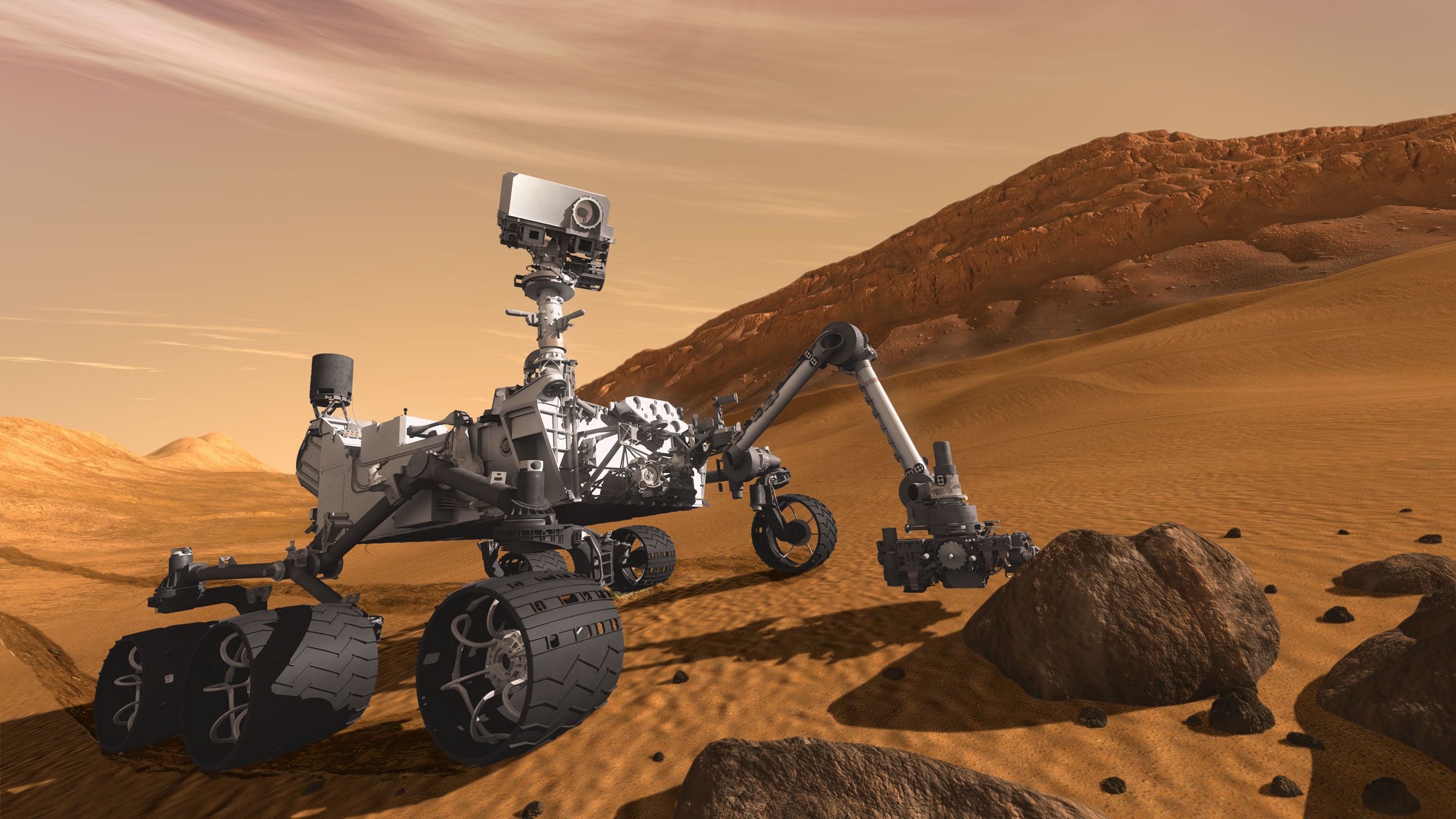
NASA plans to send humans to Mars in the 2030s.
If NASA has its way and all goes well, one of those kids you see playing around the grade school playground may be one of the first to walk on the surface of another planet, likely Mars.
The space agency has already announced its intentions to send humans to the Red Planet by the 2030s, and NASA’s chief scientist, Ellen Stofan, is ready to discuss the preparations being made to make the journey a reality.
Stofan and former astronaut Charles Bolden are working together to develop strategies for the mission and they plan to meet later with researchers to map out projects for the International Space Station (ISS) that need to be conducted as the agency preps for the trip.
Stofan plans to provide more details about the trip at a conference at the USA Science and Engineering Festival in Washington, DC, on April 17. The event, billed as the largest science, technology, engineering and math (STEM) education event of its kind in the United States, culminates on April 16-17, with over 1,000 leading STEM organizations presenting hands-on science and engineering activities for all ages, according to the festival’s website.
NASA has been launching unmanned probes to Mars for quite a while to search for signs of former life on the now-barren world, but Stofan says, “it’s going to take geologists on Mars cracking open rocks to find evidence of life.” She adds that astronomers have already discovered the planet once had a watery surface and that means there could be tiny organisms preserved as fossils.
Colonizing the planet has been a dream for some time, but so far, there is little the planet has to offer in trade with the Earth, and that would make the one-sided proposition extremely expensive.
Finding evidence of past life, and determining if the planet could support life again, essential for colonization, are two entirely different things. The movie, “The Martian,” romanticized the efforts of a stranded astronaut’s attempt to survive by growing potatoes, using farming techniques from Earth, but no one knows if anything even remotely similar to that could be undertaken in real life.
But, at the same time, no one knows what a geologist may uncover once they get there. Quite possibly the same economic reasons that led to the European explorers to venture the the New World could also lead the next generation of trade merchants to Mars.
Maybe that next generation of explorers is playing outside your window today.

Leave a Reply